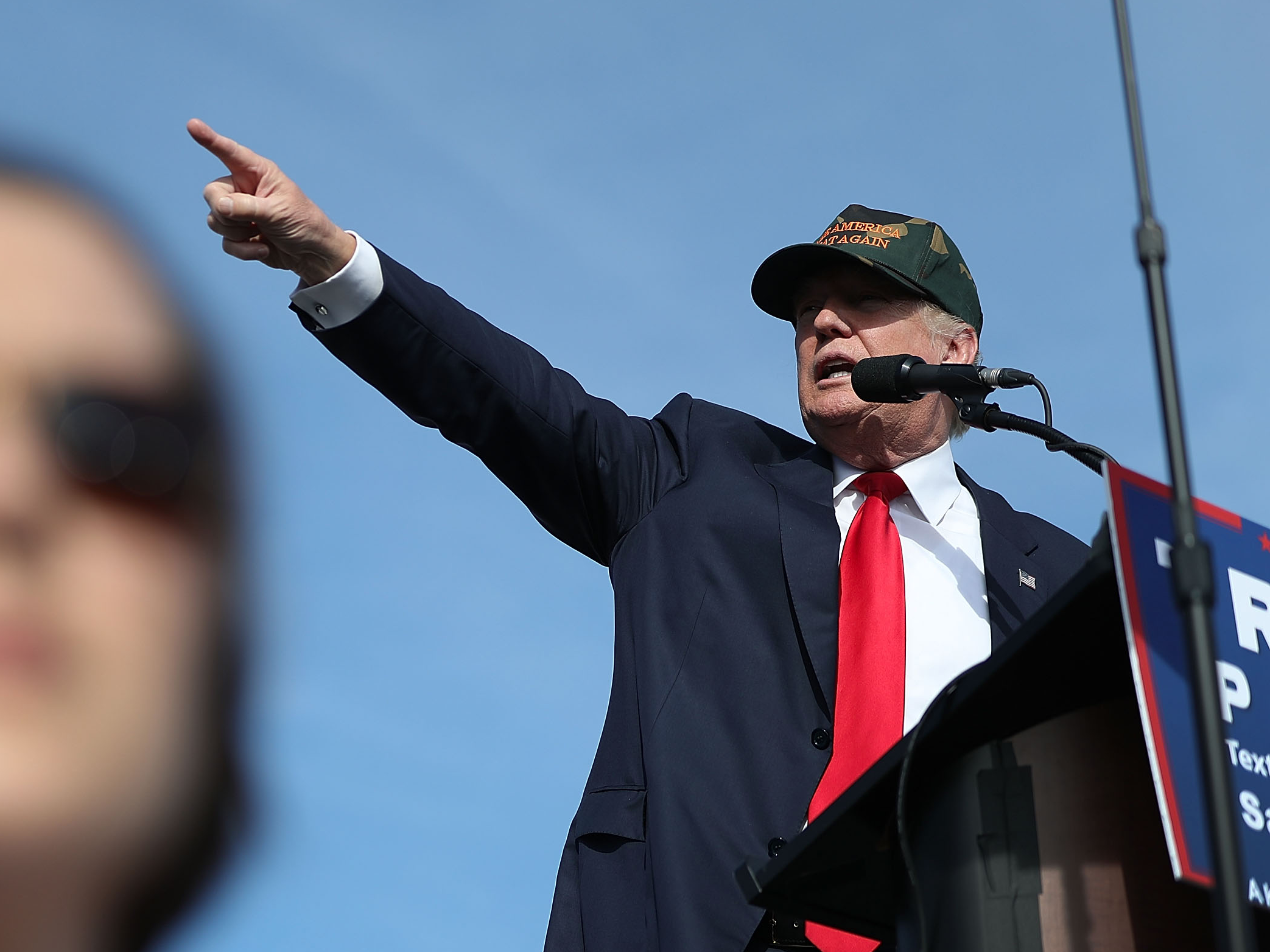The markets have had a bifurcated response to the election of Donald Trump as the next president of the US.
On the one hand, bonds have been selling off like crazy. Yields for the 10-year US Treasury, which rise when investors are selling, hit the highest point since December 2015.
On the other, stocks are soaring with the Dow Jones Industrial Average setting new all-time highs.
The simple explanation for the divergence is that the two markets are focusing on different parts of President-elect Donald Trump’s economic policy, according to Torsten Sløk, chief international economist at Deutsche Bank.
Here’s Sløk from an email to clients on Tuesday morning (emphasis is his):
"Fixed income markets and equity markets are following completely different narratives after the election. Rates markets are focusing on higher inflation and what it means for rates across the curve, including the risk of the Fed falling behind the curve. Equity markets, on the other hand, are focusing on higher GDP growth, and equity markets don't seem to worry about the risks of an overshoot of inflation and the Fed falling behind the curve."
Put another way, bond investors see the possibility of higher inflation from increased fiscal stimulus and trade barriers, and thus more Federal Reserve interest rate hikes. All of these elements are negatives for fixed income investors.
Stock investors are hoping the fiscal stimulus and other policies such as lower corporate tax rates and deregulation would lead to higher GDP growth and corporate profit growth. These would obviously be good for stocks.
Sløk noted that this has led to volatility for rates and equities, as measured by the MOVE and the VIX indexes respectively, moving in opposite directions, when they have typically been correlated over the past 10 years.


